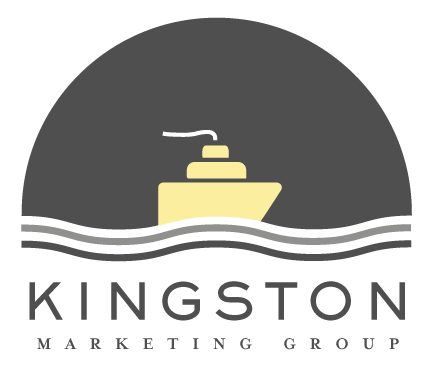B2Boring: Stop thinking about your customer as a business and start thinking about them as a human.
By Todd Olsen, Head of Marketing Practice
Certain flowers are uniquely designed to attract a specific hummingbird who, in turn, helps pollinate more flowers. Marketing is a lot like that.
We love working with companies to solve the magic puzzle of connecting the right customer to the right problem to the right brand.
If there’s one pitfall we see a lot, it’s when clients think in terms of the aggregate instead of the individual when creating their marketing programs. The typical muscle memory is to lead with TAMs and transactions without first thinking about the brand relationship you are establishing with the human on the other side. Set aside the economic goals for a moment and think about what they are going through in their journey - both functionally and emotionally.
“Aggregate thinking” can lead to all kinds of bad habits when it comes to marketing. Some of these bad habits include, but are not limited to:
Bad Habit #1: Writing to a title. The word COO is useful in many ways. They have common responsibilities and share some of the same operator-DNA. But we can guarantee you, every one of them is different. And not a single one of them has the time to spend with boring copy, designs, or decks.
Bad Habit #2: Forgetting that your customer also has to sell to someone. And you have to help them. Even a COO has to socialize your SaaS platform before making a commitment. If they don’t bring everyone along, it won’t get adopted.
Bad Habit #3: Forgetting about the immutable force that is inertia. Your product is unique and helpful. But your potential customer is bombarded with many great products all day long. The trick is to understand where the friction is, then intercept them at the right moment with a message that helps them consider a new, better pattern.
Bad Habit #4: Mistaking a KPI with an insight. Google Analytics can tell you lots of interesting things about your customer flow, where things are breaking, and what your funnel looks like. However, it can’t tell you why your customer is hesitant to try your product, and what you might say to them to get them to reconsider. Talking to your customer is the only way to get at those important questions.
“If you are speaking to everyone, you’re speaking to no one.”
Here are three practices we use with just about every client project to help ensure we’re talking to the human, not the aggregate.
Create a solid brand framework. This is open source and has been effectively used by marketing and advertising firms for decades. My friend and colleague Lindsay Pederson wrote an excellent book on it that I highly recommend. I’ll give you the basics here:
Who are you trying to talk to?What problem are they trying to solve?
What benefit or promise can you deliver that solves the problem in a way that nobody else can?
What three reasons can you offer so they believe it?
What emotional territory do they feel before and after you solve it for them?
Note: There’s some art and science here so it helps to have a strategic sherpa like KMG to guide the path. But any brand framework attempt is 100 times better than no brand framework.
Conduct a customer journey mapping exercise. This is also open source. You can read about the Design Sprint here, in which the CJM is the first (most important) step. Basically you use post it notes and a giant white board to map the customer journey from their perspective - from problem initiation to research, through consideration, trial, repeat and referral. Where is their pain? How and where can you meet them with the aspirin?
Tap into the power of surprise. It’s easy to forget about this one. Everyone likes to laugh, see something they didn’t expect, experience a legendary service moment, or feel like you really listened to them. Step back and consider this at every customer touch point.
At Kingston Marketing Group, we do this for a living and we love doing it.
If you’re interested in learning more, we’d love to hear from you: Todd@kingstonmarketing.group

